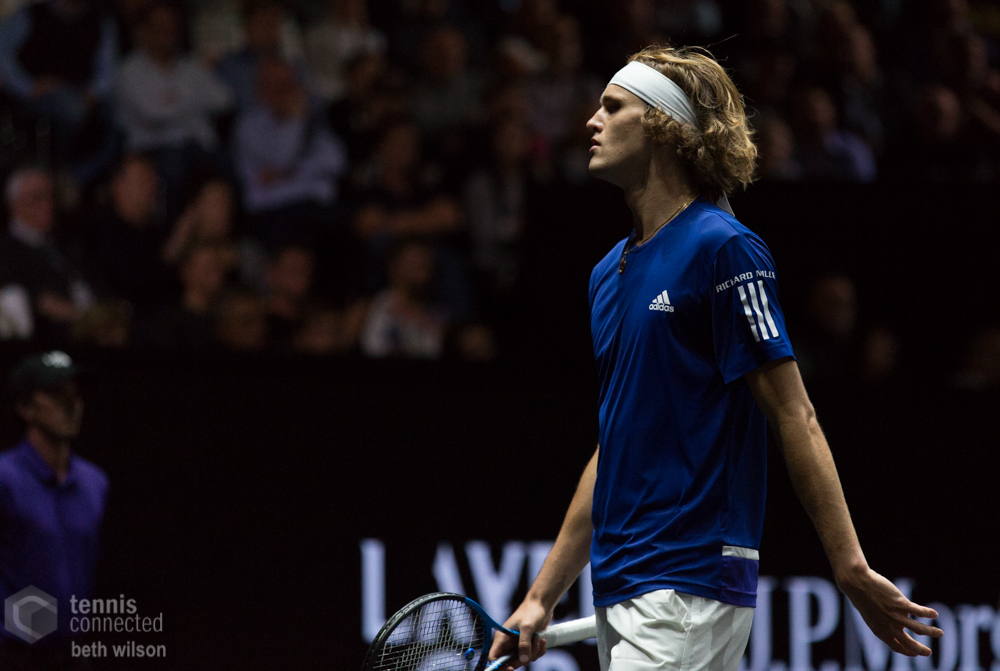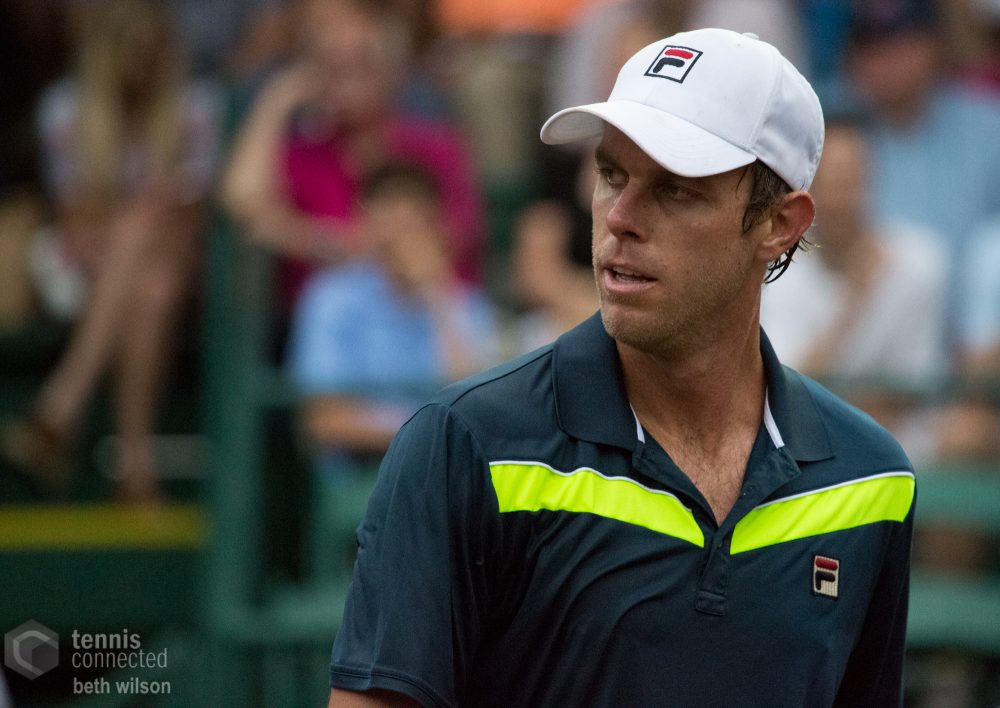Welcome to Tennis Elbow, the column that looks back on the week that was in the world of tennis. This week, Charles Blouin-Gascon recaps the latest history made in men’s tennis.
In men’s tennis, 30 is the new 20.
This much has been true in our time and other than for someone to potentially unearth evidence that Jay-Z has actually been a tennis fan all along when he rapped those lines, other than that there’s nothing too surprising about mentioning that tennis has become an old man’s game.
But a week ago, we made it official and the details are really pretty staggering. On Sept. 28, Marin Cilic turned 30. Any other year, this wouldn’t have been noteworthy, but the Croatian turning 30 means that for the first time there is not a single active player under the age who’s also won a Grand Slam title in his career.
Here’s where you say, “Well now, for the first time since when?”
Well here’s the fun part: this is a historic moment, by which we mean that it had never happened until 2018 that not a single Grand Slam champion in men’s tennis was in his 20s. The folks from FiveThirtyEight have a bunch of details on the topic, with graphics too, but here’s the gist.
That it hasn’t happened at any other point in history isn’t entirely surprising: tennis is an extremely taxing sport, demanding both power, finesse and stamina from its players. You not only need to be able to give short bursts of energy but also to sustain a high level of play in matches that can last hours and hours and…
Yeah, tennis is tough.
Tennis is tough, and you need experience but you mostly need stamina—and stamina typically has been a young man’s game. Between 1925 and 2016, at least two Grand Slams every year were won by players under 30. But do you want better than this? From 2003 until Wimbledon in 2012 when Roger Federer won his first major after turning 30, men under the age of 30 captured 37 straight Grand Slam titles. And by the way, this streak of 37 isn’t even the longest ever, bested by the one of 47 straight majors between 1950 and 1967.
But if tennis has always been a young man’s game, we’ve seen a reversal of sorts over the past decade, and there are probably three prevailing theories to explain this.
Maybe this is a byproduct of the sport’s infrastructure, by which we mean that because tennis tends to reward champions so much and so handsomely that the best are able to reinvest so much of their winnings into furthering their career. In the process, they get access to better training methods, better equipment and better everything than their opponents who haven’t been as successful. In other words: the champions are older than ever because the rich keep getting richer. We’ve harped at length here about the fact that maybe players need a union, and this theory would be another proof of that.
The problem here is that women’s tennis, where Grand Slam champions are rewarded as nicely as their male counterparts is by and large as young as ever: 20-year-old Noami Osaka is the defending US Open champion after beating the great Serena Williams in September, remember?
It might also be that greater advances in technology and conditioning have allowed players young and old to play elite tennis and sustain their best level of play for longer periods of time. The problem with this theory, however, goes that this has by and large always been the case: humankind has typically always gotten better, but men’s champions have not always been older.
If none of these explanations suffice, maybe it’s really all the more simple and that this is simply a byproduct of living in the golden age of the sport. Rafael Nadal, Novak Djokovic and Federer are all winning Grand Slams at age 30 and over not so much because they have access to better equipment or because they’re rewarded more handsomely.
Simply, they’re winning Grand Slams at age 30 because they are who they are and no one else ever will be. Exceptional players do exceptional things, as corny as this may sound.
Follow Charles Blouin-Gascon on Twitter @RealCBG
















